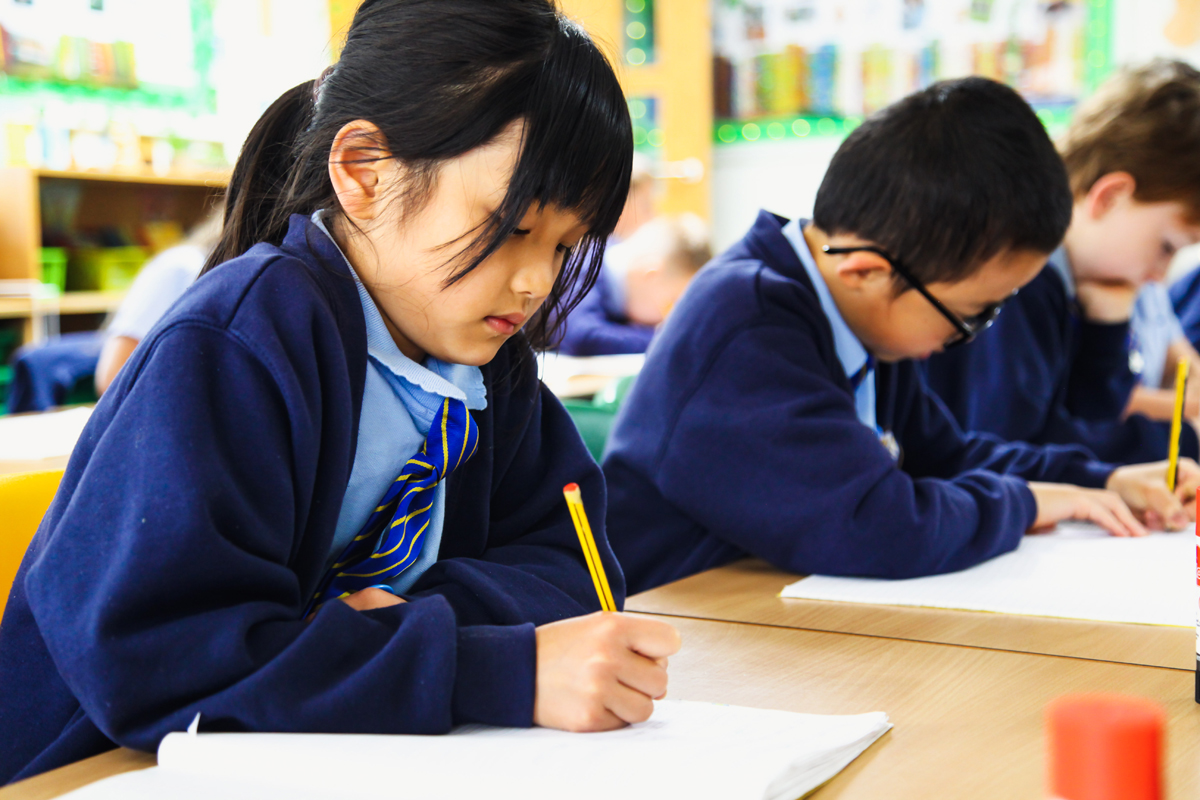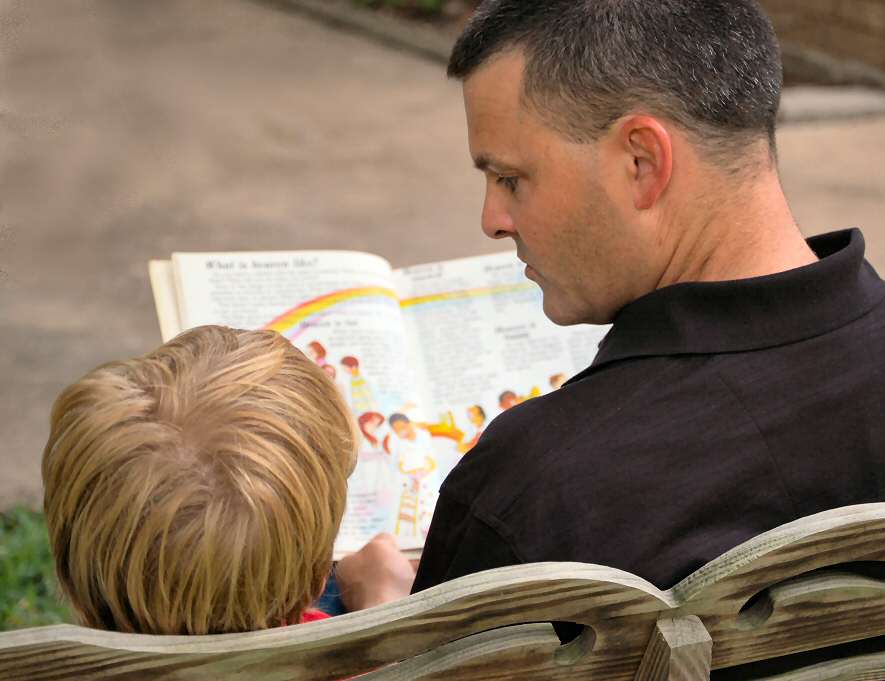Contact Newland St John’s
Newland St John’s CE Academy
Beresford Avenue, Hull
East Yorkshire, HU6 7LS
01482 305740
If you would like a paper copy of any section of this website please contact us using the details above.

English is taught daily in every class and is differentiated to match all abilities. We aim to teach the children in our school to have a love of literature and language and the confidence to continue reading and writing throughout their lives.
Progression of Knowledge and Skills for English

We want our children to be able to:
In the EYFS, children start to learn phonics which provides the building blocks to later success in reading. We learn phonics daily in EYFS and KS1. We use Read Write Inc as part of our approach to phonics teaching. Throughout the year you will be invited to parent workshops where we demonstrate how you can support your child with their phonics learning. Children in Year 1 will take a Phonics Screening Check during the Summer Term, you will be notified by the school as to when this will happen and a parents meeting will take place to answer any questions you may have. Read Write Inc will be used in Year 2 and children will continue to be taught phonics and spellings until they are ready to move on.
Read, Write, Inc Progression
Read, Write, Inc – Ten top tips for parents/carers
The alphabet contains only 26 letters. Spoken English uses about 44 sounds (phonemes). These phonemes are represented by letters (graphemes). In other words, a sound can be represented by a letter (e.g. ‘s’ or ‘h’) or a group of letters (e.g. ‘th’ or ‘ear’). Once children begin learning sounds, they are used quickly to read and spell words.
Read Write Inc assesses children regularly and groups them with other children working at the same level. Children will be moved to a different group if they are making good progress. From Nursery to Year 2 children will be taught daily by a trained teacher or teaching assistant. If a child needs extra practice they will have 1:1 support during the day to help them.
It is the smallest unit of sound and a piece of terminology that children like to use and should be taught. At first it will equate with a letter sound but later on will include the digraphs. For example `rain’ has three phonemes, / r / ai / n.
A grapheme is a letter or a number of letters that represent a sound (phoneme) in a word. Another way to explain it is to say that a grapheme is a letter or letters that spell a sound in a word. E.g. /ee/,/ ea/, /ey/ all make the same phoneme but are spelt differently.
This is when two or more letters come together to make a phoneme. /oa/ makes the sound in boat.
Blending is the process that is involved in bringing the sounds together to make a word or a syllable and is how /c/ /a/ /t/ becomes cat.
To learn to read well children must be able to smoothly blend sounds together. Blending sounds fluidly helps to improve fluency when reading. Blending is more difficult to do with longer words so learning how to blend accurately from an early age is essential.
Showing your child how to blend is important. Model how to ‘push’ sounds smoothly together without stopping at each individual sound.
Segmenting is a skill used in spelling. In order to spell the word cat, it is necessary to segment the word into its sounds; c-a-t.
Children often understand segmenting as ‘chopping’ a word. Before writing a word young children need time to think about it, say the word several times, ‘chop’ the word and then write it. Once children have written the same word several times they won’t need to use these four steps as often.
Children will enjoy spelling if it feels like fun and if they feel good about themselves as spellers. We need to notice and praise what children can do correctly as well as helping them to fix up their mistakes.
Tricky words are words that cannot be ‘sounded-out’ but need to be learned by heart. They don’t fit into the usual spelling patterns, words like ‘was’ ‘the’ and ‘said’. In order to read simple sentences, it is necessary for children to know some words that have unusual or untaught spellings. We always start with sounds they already know in the word, then focus on the ‘tricky’ part.
High frequency (common) are words that recur frequently in much of the written material young children read and that they need when they write.
CVC stands for consonant- vowel- consonant, so and word such as map, cat is CVC. These are the first words a child learns to read and blend. We then start to read longer words, CCVC words such as clip, stop.
Initially children are taught one way to say a sound. Some of the sounds are stretchy sounds and some are bouncy sounds. (a-a-a-a is a bouncy sound, mmmm is a stretchy sound)
We use pictures and rhymes as a hook to help children remember the letters.
Maisie, mountain mountain
Around the apple and down the leaf
Slither down the snake
Round his bottom, up his tall neck and down to his feet.
Down the tower, across the tower.
Children then read words that are carefully matched to the sounds that have been taught.
Set 2 Sounds (Read Write Inc)
Once children are familiar with the Set 1 sounds we introduce digraph (2 or more letters that together make one sound). We call these ‘Special Friends’. We use a picture and rhyme to help us remember the sounds.
We use pictures and rhymes as a hook to help children remember the letters.
ay – may I play?
ee – what can you see?
Children then read words that are carefully matched to the sounds that have been taught.
Set 3 Sounds (Read Write Inc)
Once they can read these sounds confidently we teach new way to read the same sounds. As they learn more spellings of the sounds, the books they read contain more spellings.
Children only read books with the sounds they know. This way they build confidence quickly.
In school we use ‘Fred-fingers’ to help to spell green words (word containing sounds we already know). This is the process children are taught to use to help them write words.
Children then use their ‘fred-fingers’ to write the sounds. Then we check the spelling of each sound. Fred the Frog helps us ‘sound-talk’ words.
At NSJ, children are encouraged to read at home every day and we support this with a number of individual and class rewards. Continued regular reading at home is highly beneficial for children’s progress across the whole curriculum. Children choose home readers from their current book band so that the reading material they take home is at an appropriate level of challenge. Children should be able to read their home readers without too much difficulty. Teachers will choose more challenging books as guided reading texts to stretch children more when they are in the school environment
In the Foundation Stage, children begin by taking home discussion books, which are used to form the basis of a conversation between the child and an adult. This gives children the opportunity to learn the skills of holding books, reading left to right and other vital skills, such as using picture clues. Once children have a good understanding of how books work and have gained some phonics knowledge, they begin to read books containing simple words which can be blended or sounded out using phonics.
Gradually, their home readers will have more and more words, not all of which are phonically decodable, and children will soon find themselves reading actual stories. As children become more fluent readers, a range of books is provided to allow children to engage in more lengthy discussions about their content.

Guided reading sessions take place daily throughout KS1 and KS2. In KS1, children work in small groups with other children who are currently reading at the same level. The guided reading groups work through texts which are at an instructional level of challenge.
In KS2, each class has a ‘class read’, usually a novel, which is used as the basis for guided reading for most of one term.
In both KS1 and KS2, children are taught a number of comprehension skills which we call Active Reading Strategies.
These are:
We believe it is important that children have daily opportunities to write. This may be in English or could be in other foundation subjects. It is also important that writing should be for a real and stated purpose. Children are taught to adapt their style of writing for different text types or genres.
We use a range of quality texts as a starting point for many of our writing units of work. These help to inspire the children and to give them a range of ideas and vocabulary that they can draw on in their own writing.
Through the use of modelled texts, shared and guided writing, as well as talk for writing, children are supported to write a range of compositions in every year group. As they progress through the school, they are taught how to edit and improve their writing.
Over the course of a year, children will produce a number of extended pieces of writing. These are ‘published’ with illustrations and stored in their own portfolio, which goes with them as they move up the school and is theirs to keep when they leave.
Year 6 Writing
Year 5 Writing
Year 4 Writing
Year 3 Writing
Year 2 Writing
Year 1 Writing
EYFS Writing
Children are taught grammar in the context of specific writing assignments.
We use Spelling Shed as our main scheme for teaching spelling. Every child has a personal log-in and can access the website and play games which help them to learn their weekly spellings at home.
Reading Information for Parents
Newland St John’s CE Academy
Beresford Avenue, Hull
East Yorkshire, HU6 7LS
01482 305740
If you would like a paper copy of any section of this website please contact us using the details above.